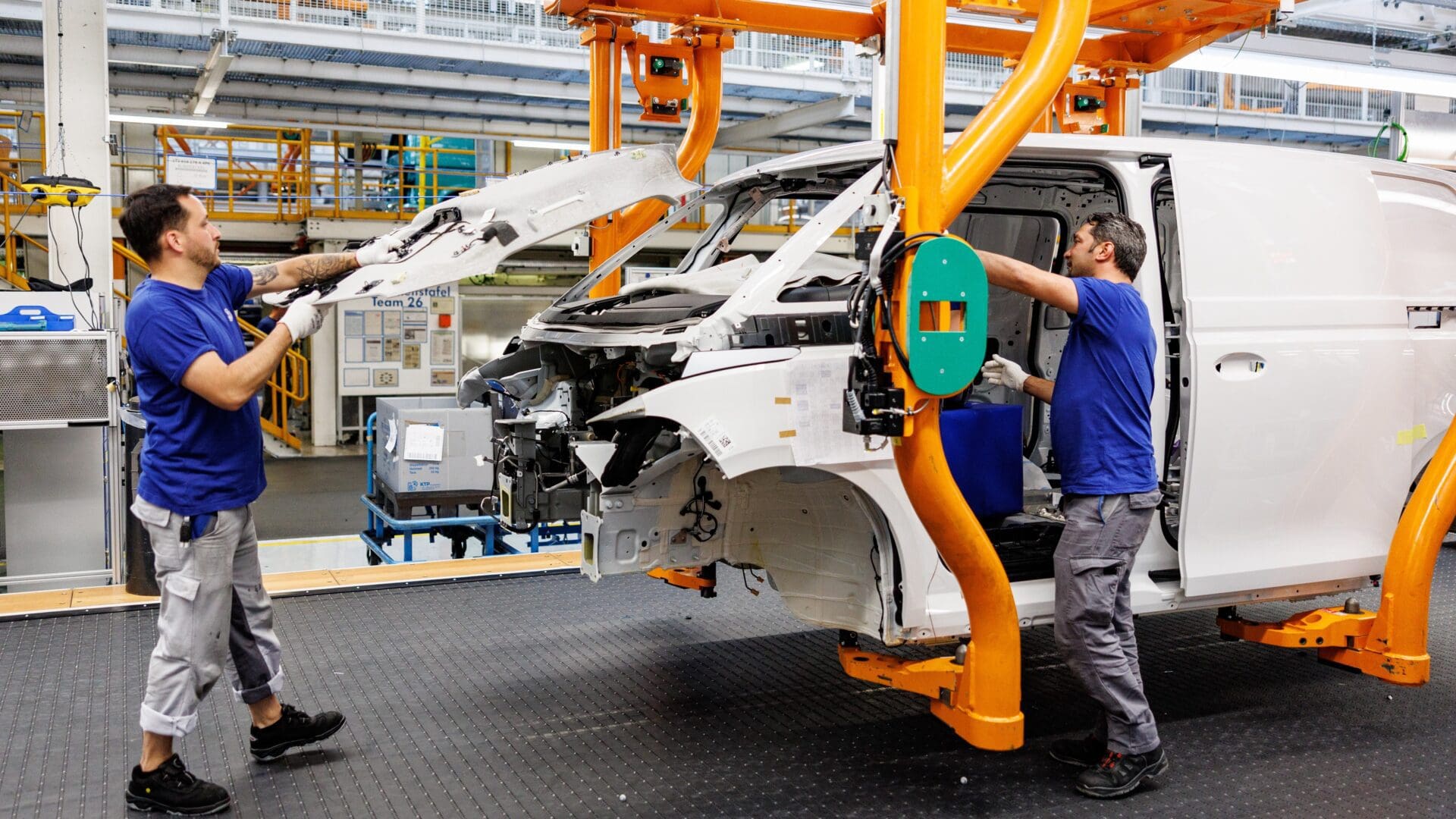The new regulations adopted by the European Parliament include intermediate emissions reduction targets of 55 per cent for cars and 50 per cent for vans by 2030. Other measures are also called for, such as the implementation of a methodology for assessing and reporting data on CO2 emissions, the monitoring of the gap between emission limit values and real-world fuel consumption, and the adaptation of the zero- and low-emission vehicles incentive to meet expected sales trends. The regulation is part of the EU’s ‘Fit for 55’ package and aims to help achieve the bloc’s 2030 and 2050 climate objectives, while also stimulating innovation in zero-emission technologies.
New Rules Set to Change the Landscape
The EP legislation sets the course for new passenger cars and light commercial vehicles to have zero CO2 emissions by 2035. By then, the Commission will also present the methodology to evaluate and report data on CO2 emissions throughout the entire life cycle of cars and vans sold on the EU market. A year later, by December 2026, the Commission will be able to monitor the gap between emission limits and real-world fuel and energy consumption, and propose appropriate follow-up measures if certain manufacturers fall short.
Manufacturers who produce small volumes of vehicles per year (1,000 to 10,000 new cars or 1,000 to 22,000 new vans) may be granted derogation until the end of 2035. Those who register fewer than 1,000 new vehicles per year will remain exempt. The existing incentive mechanism for zero- and low-emission vehicles (ZLEV) will be modified to reflect expected sales trends. From 2025 to 2029, the ZLEV benchmark will be set at 25 per cent for the sales of new cars and 17 per cent for new vans. From 2030 onwards, the incentive will be eliminated.
Starting at the end of 2025 and every two years thereafter, the Commission will publish a report evaluating progress towards zero-emission road mobility. According to Rapporteur Jan Huitema, this regulation will promote the production of zero- and low-emission vehicles. The ambitious revised targets for 2030 and the zero-emission target for 2035 will be crucial in achieving climate neutrality by 2050. These target figures will provide clarity for the car industry, stimulate innovation and investments for car manufacturers, and make sustainable driving more accessible to everyone. Following the final vote in the plenary, the text will need to be formally endorsed by the Council before being published in the EU Official Journal shortly afterwards.
In 2021, the Commission proposed the revision of CO2 emission performance standards for new passenger cars and light commercial vehicles as part of the ‘Fit for 55’ package. The proposal aims to contribute to the EU’s 2030 and 2050 climate goals, provide benefits to citizens, and encourage innovation in zero-emission technologies.
The Evolution of the EU’s Roadmap to EVs
The EU Emissions Trading System (ETS) is a cap-and-trade system designed to reduce greenhouse gas emissions. The ETS applies to various sectors, including aviation and energy. In 2021, the EU expanded the ETS to cover the maritime sector and is planning to include road transport in the future as well.
As part of the broader objective of achieving climate neutrality by 2050, the European Union has been actively working to promote the adoption of electric vehicles. CO2 emissions standards for new cars and vans have been introduced to reduce greenhouse gas emissions from transportation. These standards are periodically revised to align with the EU’s climate goals.
To facilitate the transition to electric vehicles, the EU has also put in place regulations to ensure that sufficient charging infrastructure is available. The EU Alternative Fuels Infrastructure Directive, adopted in 2014, requires EU member states to set targets for the instalment of electric vehicle charging stations, and infrastructure for other alternative fuels, such as hydrogen and natural gas.
As electric vehicles rely on batteries, the EU has taken steps to support the production of batteries within its borders to reduce its reliance on imports from other countries. In 2017, the European Commission launched the European Battery Alliance to promote the development of a competitive and sustainable battery industry in Europe. To further incentivise the adoption of electric vehicles, the EU offers financial support for research and innovation in the electric vehicle sector, as well as tax credits for the purchase of electric vehicles.
In 2021, the EU introduced new regulations on the sustainability of batteries, which aim to ensure that their production and disposal have a minimal environmental impact. The regulations require battery manufacturers to report on the sustainability of their production processes, and set minimum requirements for recycled materials in batteries.
Hungarian Battery Manufacturing Capacities to Contribute to Attainment of EU Climate Goals
Thanks to recent green field investment decisions by major foreign corporations, Hungary is set to become one of the leading countries in Europe in terms of electric car battery production. It was announced in 2022 that South Korean W-Scope will open its first European plant in Hungary, which will produce 1.2 billion square metres of separator film for electric car batteries annually. Production is expected to start in 2025. Most recently, Chinese CATL announced it would build a 7.3 billion euro battery plant in Debrecen, Hungary, the largest of its kind in Europe. Just two days ago, the Hajdú-Bihar County Government Office issued the environmental permit for the plant. The permit imposes strict obligations on the investor related to the protection of the soil, air and water, the authority said.








